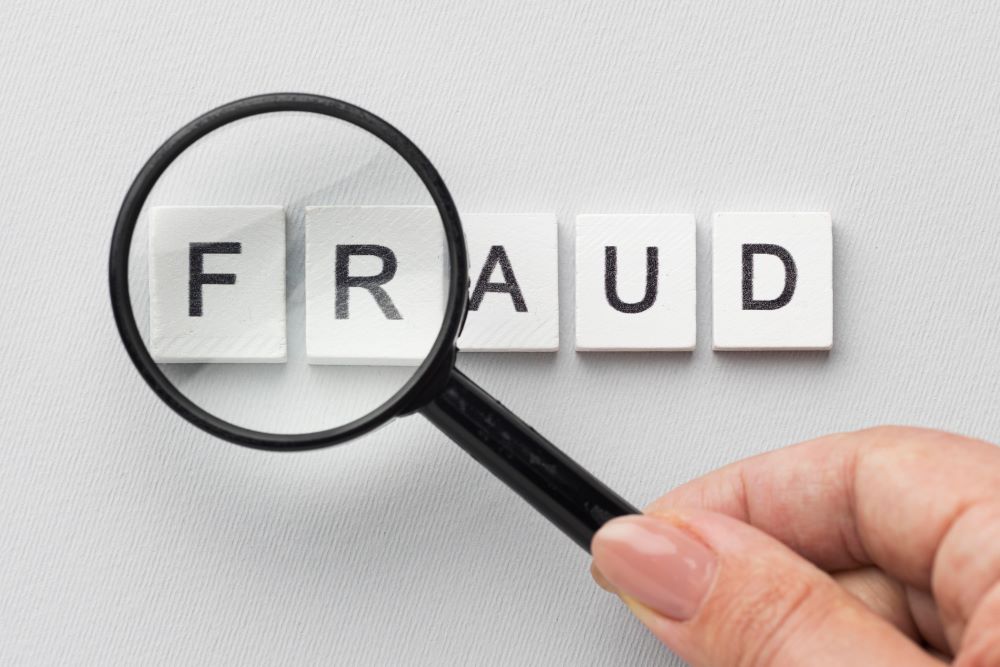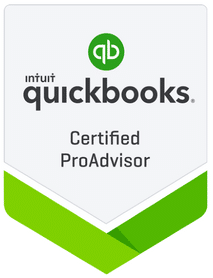- Patrick Roney
- (877) 503-8607
Follow Us :
Follow Us :
Proledge
January 20, 2012

The two most common causes of fraud in small businesses are when rogue employees or contractors write checks to themselves or deposit checks to their account instead of the company’s account. Those are very unsophisticated schemes and can easily be detected after the fact, but by the time you detect the fraud, the damage is already done. Very often these individuals go from paycheck to paycheck and spent your money in a hurry. You can’t get the money back. They are broke and you can only “punish” them through termination and prosecution. You get a sense of vindication, but the money is gone.
It is much better to prevent fraud in the first place and for such basic fraud, there are easy tricks. It all starts with what larger companies call “Internal Controls”. Essentially, any financial process that moves money around needs to involve at least 2 individuals checking on each other. When you apply this to a small business, it can be very basic, but still effective.
Many small business owners feel that as long as they are the ones signing checks, all is safe. Not really. Banks do a very bad job at checking signatures. They can be easily forged. The signature is an effective tool to trace back the source of the fraud once the fraud has been detected, but by then, it’s already too late. The better approach is to control who has access to stocks of blank checks and how these blank checks are handed out.
The safest process is to have your bookkeeper prepare the checks in QuickBooks and mark them as “To be printed”. You, the owner, would then do the actual printing. In this scenario, you’re the only one with access to the stock of blank checks.
If you don’t have time to do the printing, you can delegate the printing to the bookkeeper as well, but you would hand-out only the extract number of blank checks needed and you would keep a log of the check numbers that you handed out. Essentially, avoid at all cost to have the blank check in a self-service mode. Checks need to be in a locked drawer with as few people having access to them as possible.
The panacea is to not have blank checks at all and to use online bill payment with rigorous approval workflows, but these techniques are a little bit more involved in term of setup.
Let your bookkeeper or the individual acting as bookkeeper record the deposits in QuickBooks and prepare the deposit slips, but make sure that it is a different person who goes to the bank to make the deposits. Ideally it should be you, but if you don’t have time, separate the roles of preparing the deposits and making the deposits. Whomever makes the physical deposit needs to bring the deposit slip back and immediately hand it off to the person in charge of QuickBooks. This is of course not bullet proof, because the person making the actual deposit could still swap the accounts, but by enforcing the requirement of handing off the deposit slip on the way back to the office, you send a clear signal that this type of fraud will be caught almost in real time.
There are of course much more sophisticated ways of committing fraud, but by implementing the processes above, you will be preventing the two most basic and common fraud schemes.


Fill out the form below to sign up to our Blog Newsletter and we’ll drop you a line when new articles come up.
Bookkeepers.
Professional. Affordable.
ProLedge is a bookkeeping services firm.
Copyright © 2024 All rights reserved.
Hello. Can we help you?